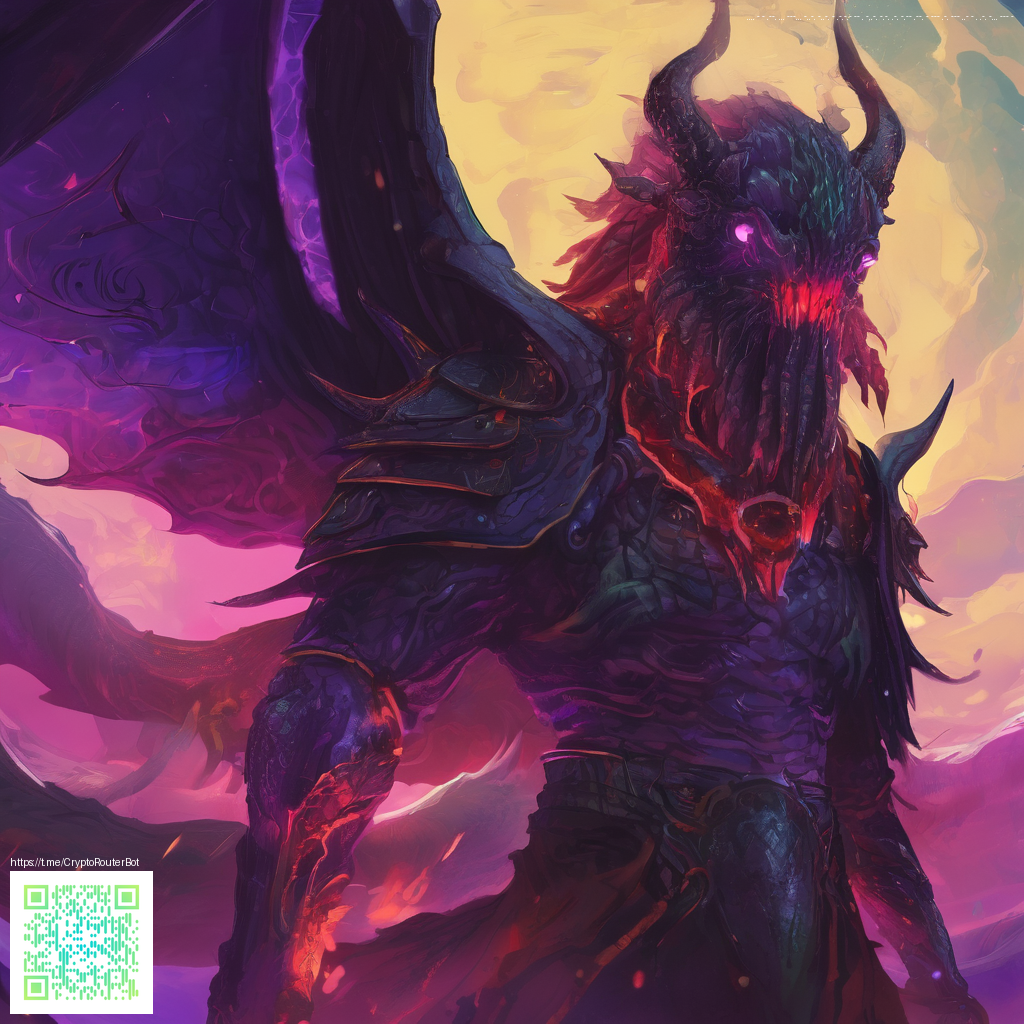
Performance Benchmarks for Destiny 2 on PC
Destiny 2 continues to be a demanding but friendly benchmark for PC players, with Bungie iterating on how the game streams assets and schedules work across cores. This piece digs into real world frame rates, tuning tips, and what the community has learned about pushing smooth performance without sacrificing the look and feel that keeps the shooter feeling responsive in chaotic endgame moments. 💠 For gamers chasing that elusive buttery feel while still enjoying vivid worlds, the story here is about how settings interact with hardware in the current patch cycle.
Real world framerates across common resolutions
Across the most common setups, you will notice a clear balance between image quality and speed. At 1080p with high texture and effects settings, mid to high tier GPUs routinely land in the 120 to 180 frame range, depending on the map and on screen activity. Moving to 1440p, the pace cools a bit but remains brisk, with many setups hovering around 90 to 140fps when not pushing extreme effects. At 4K, the game scales up the visual fidelity substantially, and while raw fps may settle in the 40 to 70fps range on high settings, upscaling through modern methods can lift usable frame rates into the 90 plus range in many encounters. Always consider a reputable upscaler such as DLSS or FSR to preserve image clarity while chasing speed, especially during crowded public events where spell effects and particle density spike.
These ranges are highly dependent on the map, activity, and weapon effects in play. A skirmish in a calm patrol zone will feel different from a raid encounter with heavy particle lighting and weather effects. For players who value stability over absolute peak numbers, enabling a balanced or quality upscaling mode often yields the most consistent results without a dramatic hit to image fidelity. 🌑
Hardware tuning guidance
Performance is rarely a single setting away from perfection. The community consistently finds that swapping texture quality and shadow detail yields meaningful frame rate improvements without turning the world into a blur. A practical starting point is to keep texture quality high enough to preserve detail in assets you see up close while dialing down a few background effects that are costly for the GPU. Motion blur off, shadows medium, and post processing on typically strike a good balance for many rigs. If you are testing new territory, try enabling adaptive sync, a modest frame limit, and letting your upscaler manage the final output. The goal is smooth cadence with minimal stutter during hectic moments like Supremacy or Nightfall strikes. 💠
Memory usage scales with texture density and view distance, so make sure your VRAM headroom is comfortable for your chosen resolution. On lower end cards, sticking to 1080p with careful texture and shadow settings can prevent stutter that sometimes arises when the engine streaming hits a hard limit. In short, the right combination of resolution, upscaling mode, and texture budgets is the fastest route to consistent frames with minimal visual sacrifice.
Update coverage and performance fixes
Upcoming patches and hotfixes from Bungie have commonly targeted improvements to how the engine assigns work across CPU cores, alongside texture streaming and shader cache handling. Community observers note that these adjustments translate into steadier frame pacing, especially in busy combat scenes and in situations where many players are visible at once. While the exact patch notes vary by release, the pattern remains clear the team is prioritizing stability and responsive performance in the PC build. Players report that post patch testing shows fewer hitching incidents and more predictable frame delivery during large-scale activity. 🌟
Modding culture and overlays for Destiny 2 on PC
Destiny 2 keeps a firm line on in game modifications, but the PC community continues to embrace performance monitoring and quality of life tools rather than content altering mods. Overlays from applications like RTSS and MSI Afterburner remain popular for tracking frames per second, clock speeds, and GPU temperatures during long sessions. Many players also experiment with upscaling presets and driver level optimizations to squeeze more frames while keeping visuals crisp. The culture around tuning is energetic yet practical, focused on reproducible results and sharing tested settings rather than chasing radical, one click miracles. 💡
Developer commentary and community insights
Bungie has consistently highlighted the importance of PC stability and cross platform parity. The dialogue from developers emphasizes that improvements to frame timing and streaming quality are part of a broader effort to deliver a consistent experience across hardware configurations. The community response to these efforts has been positive, with players praising smoother endgame experiences and fewer abrupt frame drops during crowded events. For fans who love digging into the details, the ongoing conversation around performance is a reminder that Destiny 2 on PC remains a continually evolving platform shaped by both studio updates and community experimentation. 👁️
Support a decentralized internet